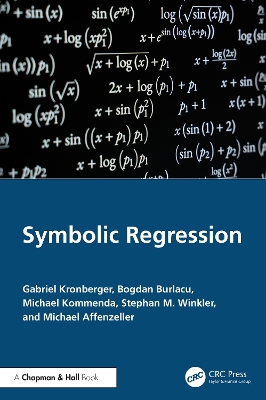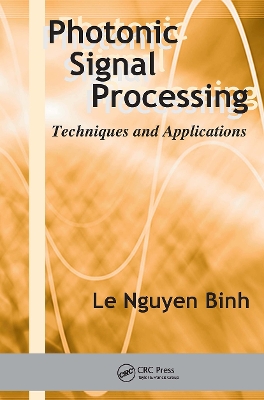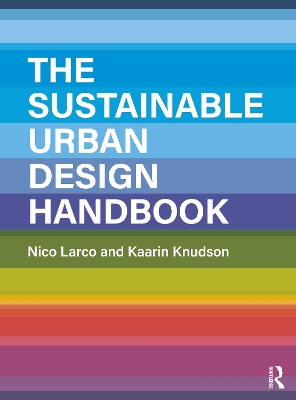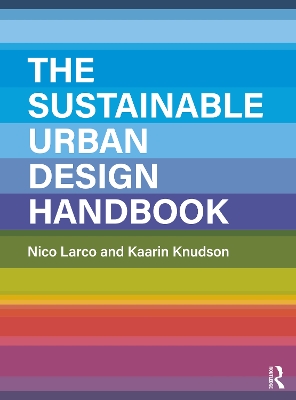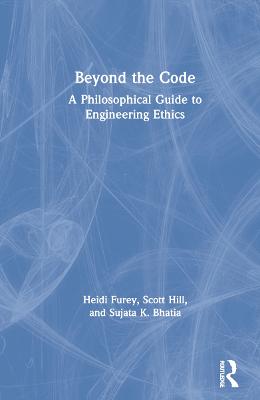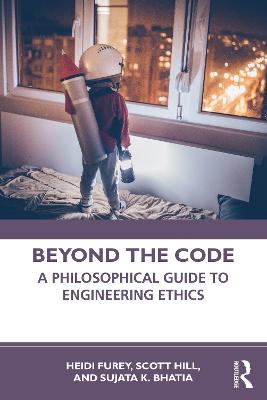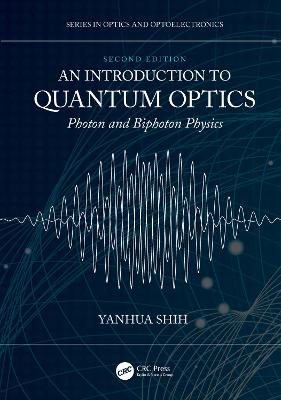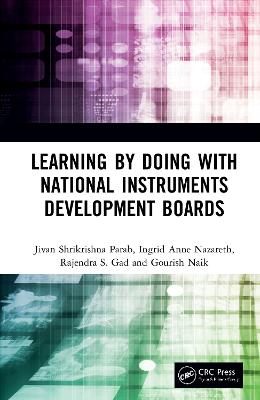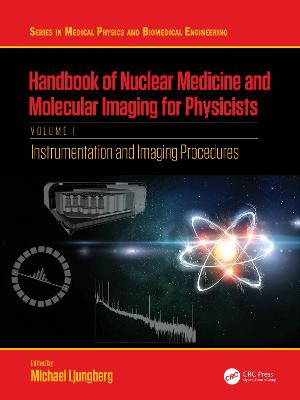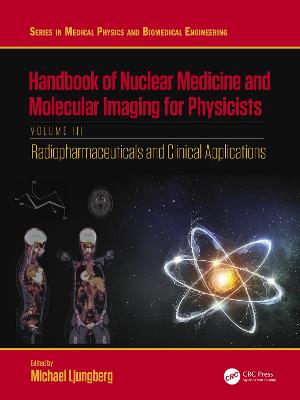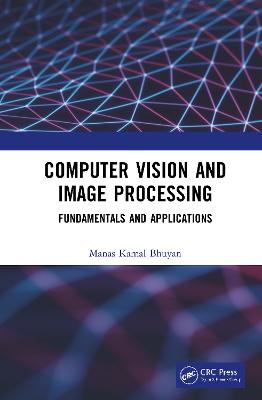Intelligent Support for Computer Science Education
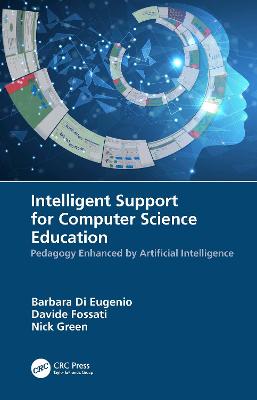 -10%
portes grátis
-10%
portes grátis
Intelligent Support for Computer Science Education
Pedagogy Enhanced by Artificial Intelligence
Green, Nick; Fossati, Davide; Di Eugenio, Barbara
Taylor & Francis Ltd
09/2021
306
Dura
Inglês
9781138052017
15 a 20 dias
730
Contributors
Preface
Acknowledgments
Section I Four Scientific Pillars
Chapter 1 Introduction
1.1 AN INTERDISCIPLINARY PERSPECTIVE
1.2 THE STRUCTURE OF THE BOOK
Chapter 2 Related Work With Stellan Ohlsson
2.1 COGNITION AND MULTIPLE MODES OF LEARNING
2.1.1 Background
2.1.2 Nine Modes of Learning
2.1.2.1 Discussion
2.2 PRAGMATICS AND DIALOGUE PROCESSING
2.3 INTRODUCTORY COMPUTER SCIENCE EDUCATION
2.3.1 Elementary and Secondary Education
2.3.2 From high school to college
2.3.3 Post-Secondary Education for CS Majors
2.4 INTELLIGENT TUTORING SYSTEMS (ITSS)
2.4.1 Natural Language Processing (NLP) for ITSs
2.4.2 Modes of learning and ITSs
2.4.2.1 Positive and negative feedback
2.4.2.2 Worked-Out Examples
2.4.2.3 Analogy
2.5 ITSS FOR COMPUTER SCIENCE AND NLP
2.5.1 ITSs for CS
2.5.1.1 NLP in ITSs for CS
Section II From Human Tutoring to ChiQat-Tutor
Chapter 3 Human tutoring dialogues and their analysis
With Stellan Ohlsson, Mehrdad Alizadeh, Lin Chen, and Rachel Harsley
3.1 DATA COLLECTION
3.1.1 Learning outcomes in human tutoring
3.1.2 Measuring learning gains
3.1.3 Learning e?ects
3.2 TRANSCRIPTION AND ANNOTATION
3.2.1 Annotation
3.2.1.1 Validating the corpus annotation
3.3 DISTRIBUTIONAL ANALYSIS
3.3.1 Elementary Dialogue Acts
3.3.2 Student Initiative
3.3.3 Episodic Strategies
3.4 INSIGHTS FROM THE CORPUS: PEDAGOGICAL MOVES AND LEARNING
3.4.1 Individual Dialog Acts (Type 1 Models)
3.4.2 Sequences of Dialogue Acts (Type 2 Models)
3.4.2.1 Bigram Models
3.4.2.2 Trigram Models
3.4.3 Episodic strategies (Type 3 Models)
3.4.3.1 Worked-out examples
3.4.3.2 Analogies
3.5 SUMMARY: INSIGHTS FROM HUMAN TUTORING ANAL YSIS
Chapter 4 ChiQat Tutor and its architecture
With Omar AlZoubi and Christopher Brown
4.1 THE DOMAIN MODEL
4.1.1 Problem definitions
4.1.2 Solution definitions
4.1.3 Worked-Out Examples
4.1.4 The Procedural Knowledge Model
4.2 USER INTERFACE
4.3 A BIRD'S EYE VIEW OF CHIQAT TUTOR IN ACTION
4.3.1 Solution evaluator
4.4 TUTOR MODULE
4.4.1 Code feedback: syntax and executability
4.4.2 Reactive & Proactive feedback
4.4.2.1 Reactive procedural feedback
4.4.2.2 Proactive procedural feedback
4.5 TRAINING THE PKM GRAPHS
Chapter 5 Evaluation in the classroom
With Rachel Harsley and Stellan Ohlsson
5.1 EVALUATION METRICS
5.2 LEARNING WITH PROACTIVE AND REACTIVE FEEDBACK
5.2.1 Insights on learning from student behavior and perceptions of ChiQat-Tutor-v1
5.2.1.1 Student behavior
5.2.1.2 Student satisfaction
5.2.2 Chiqat-Tutor, Version 1: Summary of findings
5.3 LEARNING WITH WORKED OUT EXAMPLES AND ANAL OGY
5.3.1 WOE and Analogy Conditions
5.3.1.1 Standard WOEs
5.3.1.2 Length and usage of WOEs
5.3.1.3 Analogical content in WOEs
5.3.2 Learning Linked Lists among non-majors
5.3.3 Learning Linked Lists among majors
5.3.4 Learning and Initial Student Knowledge
5.3.4.1 Mining the logs: Predicting Knowledge
5.3.5 Chiqat-Tutor, Version 2: Summary of findings
Section III Extending ChiQat-Tutor
Chapter 6 Beyond Linked Lists: Binary Search Trees and Recursion
With Mehrdad Alizadeh and Omar AlZoubi
6.1 BINARY SEARCH TREES
6.1.1 Pilot evaluation
6.2 RECURSION
6.2.1 Models for Teaching Recursion
6.2.1.1 Conceptual Models
6.2.1.2 Program Visualization
6.2.2 A Hybrid Model for Teaching Recursion ChiQat-Tutor
6.2.3 Evaluation of the recursion module
6.2.3.1 Experimental Protocol
6.2.3.2 Experiments at CMU Qatar
6.2.3.3 Experiments at UIC
6.2.4 Analysis of students' interactions with the system 160
6.3 SUMMARY
Chapter 7 A practical guide to extending ChiQat Tutor
7.1 AN IMPLEMENTATION ARCHITECTURE
7.2 CASE STUDY: THE STACK TUTOR PLUGIN
7.2.1 Stack Plugin Design
7.2.2 Class structure
7.2.3 Setting up the stage
7.2.4 Graphical interface
7.2.5 Stack problem logic and feedback
Chapter 8 Conclusions
8.1 WHERE WE ARE, AND LESSONS LEARNED
8.2 FUTURE WORK
8.2.1 Extending the curriculum
8.2.2 Enhancing communication with the student
8.2.3 Mining the user logs, and deep learning
Appendix A A primer on data structures
Appendix B Pre /post tests
Appendix C Annotation Manuals
Appendix D Linked List Problem Set
Appendix E Stack Plugin Full Code
Bibliography
Contributors
Preface
Acknowledgments
Section I Four Scientific Pillars
Chapter 1 Introduction
1.1 AN INTERDISCIPLINARY PERSPECTIVE
1.2 THE STRUCTURE OF THE BOOK
Chapter 2 Related Work With Stellan Ohlsson
2.1 COGNITION AND MULTIPLE MODES OF LEARNING
2.1.1 Background
2.1.2 Nine Modes of Learning
2.1.2.1 Discussion
2.2 PRAGMATICS AND DIALOGUE PROCESSING
2.3 INTRODUCTORY COMPUTER SCIENCE EDUCATION
2.3.1 Elementary and Secondary Education
2.3.2 From high school to college
2.3.3 Post-Secondary Education for CS Majors
2.4 INTELLIGENT TUTORING SYSTEMS (ITSS)
2.4.1 Natural Language Processing (NLP) for ITSs
2.4.2 Modes of learning and ITSs
2.4.2.1 Positive and negative feedback
2.4.2.2 Worked-Out Examples
2.4.2.3 Analogy
2.5 ITSS FOR COMPUTER SCIENCE AND NLP
2.5.1 ITSs for CS
2.5.1.1 NLP in ITSs for CS
Section II From Human Tutoring to ChiQat-Tutor
Chapter 3 Human tutoring dialogues and their analysis
With Stellan Ohlsson, Mehrdad Alizadeh, Lin Chen, and Rachel Harsley
3.1 DATA COLLECTION
3.1.1 Learning outcomes in human tutoring
3.1.2 Measuring learning gains
3.1.3 Learning e?ects
3.2 TRANSCRIPTION AND ANNOTATION
3.2.1 Annotation
3.2.1.1 Validating the corpus annotation
3.3 DISTRIBUTIONAL ANALYSIS
3.3.1 Elementary Dialogue Acts
3.3.2 Student Initiative
3.3.3 Episodic Strategies
3.4 INSIGHTS FROM THE CORPUS: PEDAGOGICAL MOVES AND LEARNING
3.4.1 Individual Dialog Acts (Type 1 Models)
3.4.2 Sequences of Dialogue Acts (Type 2 Models)
3.4.2.1 Bigram Models
3.4.2.2 Trigram Models
3.4.3 Episodic strategies (Type 3 Models)
3.4.3.1 Worked-out examples
3.4.3.2 Analogies
3.5 SUMMARY: INSIGHTS FROM HUMAN TUTORING ANAL YSIS
Chapter 4 ChiQat Tutor and its architecture
With Omar AlZoubi and Christopher Brown
4.1 THE DOMAIN MODEL
4.1.1 Problem definitions
4.1.2 Solution definitions
4.1.3 Worked-Out Examples
4.1.4 The Procedural Knowledge Model
4.2 USER INTERFACE
4.3 A BIRD'S EYE VIEW OF CHIQAT TUTOR IN ACTION
4.3.1 Solution evaluator
4.4 TUTOR MODULE
4.4.1 Code feedback: syntax and executability
4.4.2 Reactive & Proactive feedback
4.4.2.1 Reactive procedural feedback
4.4.2.2 Proactive procedural feedback
4.5 TRAINING THE PKM GRAPHS
Chapter 5 Evaluation in the classroom
With Rachel Harsley and Stellan Ohlsson
5.1 EVALUATION METRICS
5.2 LEARNING WITH PROACTIVE AND REACTIVE FEEDBACK
5.2.1 Insights on learning from student behavior and perceptions of ChiQat-Tutor-v1
5.2.1.1 Student behavior
5.2.1.2 Student satisfaction
5.2.2 Chiqat-Tutor, Version 1: Summary of findings
5.3 LEARNING WITH WORKED OUT EXAMPLES AND ANAL OGY
5.3.1 WOE and Analogy Conditions
5.3.1.1 Standard WOEs
5.3.1.2 Length and usage of WOEs
5.3.1.3 Analogical content in WOEs
5.3.2 Learning Linked Lists among non-majors
5.3.3 Learning Linked Lists among majors
5.3.4 Learning and Initial Student Knowledge
5.3.4.1 Mining the logs: Predicting Knowledge
5.3.5 Chiqat-Tutor, Version 2: Summary of findings
Section III Extending ChiQat-Tutor
Chapter 6 Beyond Linked Lists: Binary Search Trees and Recursion
With Mehrdad Alizadeh and Omar AlZoubi
6.1 BINARY SEARCH TREES
6.1.1 Pilot evaluation
6.2 RECURSION
6.2.1 Models for Teaching Recursion
6.2.1.1 Conceptual Models
6.2.1.2 Program Visualization
6.2.2 A Hybrid Model for Teaching Recursion ChiQat-Tutor
6.2.3 Evaluation of the recursion module
6.2.3.1 Experimental Protocol
6.2.3.2 Experiments at CMU Qatar
6.2.3.3 Experiments at UIC
6.2.4 Analysis of students' interactions with the system 160
6.3 SUMMARY
Chapter 7 A practical guide to extending ChiQat Tutor
7.1 AN IMPLEMENTATION ARCHITECTURE
7.2 CASE STUDY: THE STACK TUTOR PLUGIN
7.2.1 Stack Plugin Design
7.2.2 Class structure
7.2.3 Setting up the stage
7.2.4 Graphical interface
7.2.5 Stack problem logic and feedback
Chapter 8 Conclusions
8.1 WHERE WE ARE, AND LESSONS LEARNED
8.2 FUTURE WORK
8.2.1 Extending the curriculum
8.2.2 Enhancing communication with the student
8.2.3 Mining the user logs, and deep learning
Appendix A A primer on data structures
Appendix B Pre /post tests
Appendix C Annotation Manuals
Appendix D Linked List Problem Set
Appendix E Stack Plugin Full Code
Bibliography

